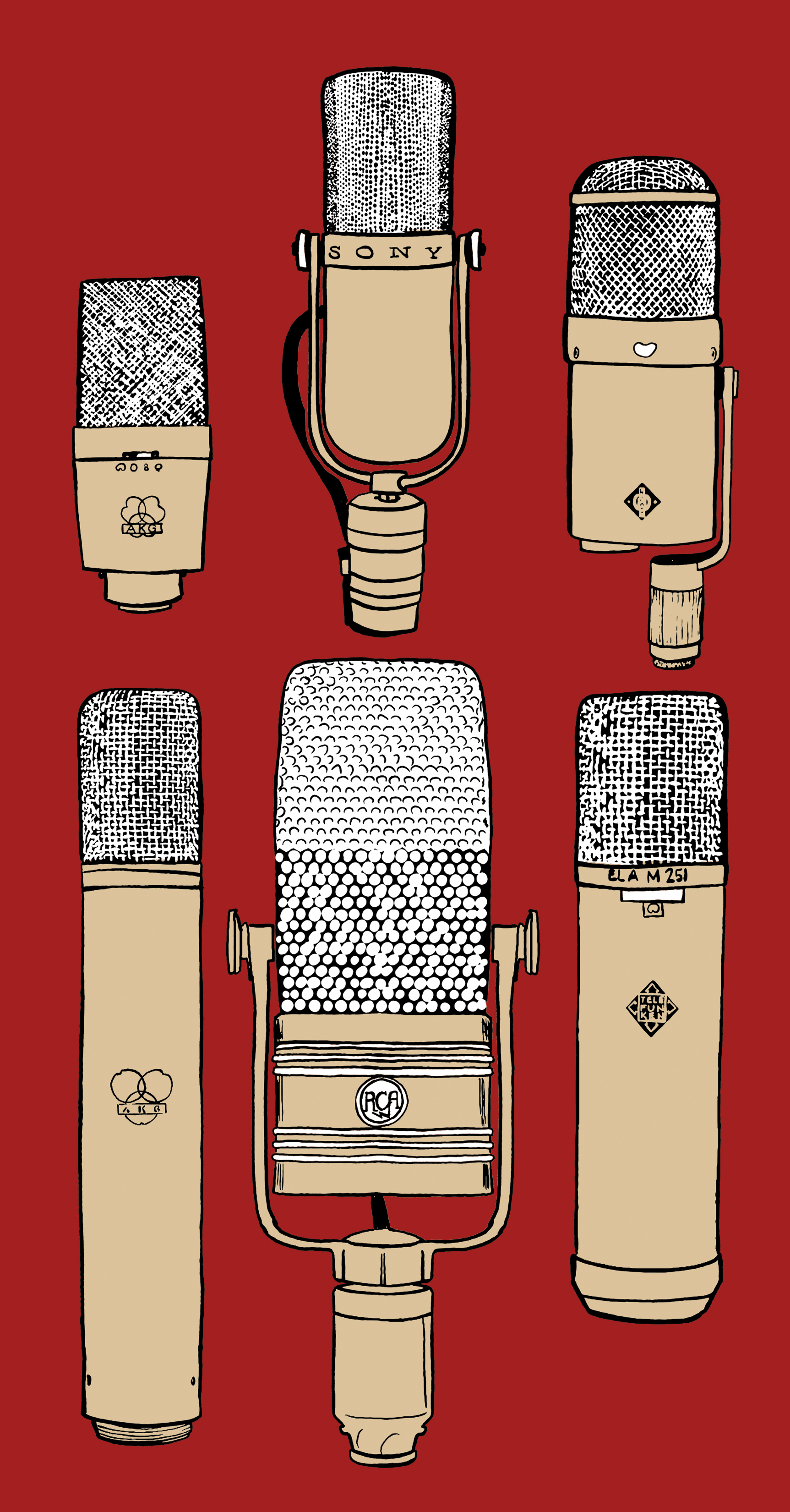Back in "ye olde days," when control rooms were built around a console, monitor control was generally handled in the master/center section of the desk where one could switch between multiple sets of speakers, input sources (console/mix down deck/CD player/iPod), collapse the image to mono for checking polarity issues, talkback, etc. Now with many control rooms centered around the computer and a set of converters, standalone monitor controllers have become a necessary and vitally important piece of what I like to call "the New Studio Puzzle." Drawmer has risen to this new paradigm with an offering of six separate active monitor controllers in varying degrees of complexity. I'm reviewing the MC7.1, which is their full-blown surround controller with extensive power and control over a possible 20 input channels, and three separate speaker output configurations.
I've been using the MC7.1 for over a year now since needing to re-expand my monitoring system to accommodate 5.1 mixing once again after a few years away from any surround work. Prior to the MC7.1, I'd been using Drawmer's MC2.1 since its release, and it had never let me down as a clean and flexible monitor controller that always performed as expected. Moving to the MC7.1 just made sense as I expected the same kind of quality with an expanded feature set.
The MC7.1 is a large, wedge-shaped desktop unit with a generously sized volume pot for speaker outputs, two independently powered headphone amps on smaller pots, and a built-in talkback mic with separate volume control (plus provisions for an external talkback mic). Around the main volume pot are buttons for a -20 dB Dim control, system mute (speakers only, headphones are still active in this mode), and selecting from a user-configurable fixed preset output level or variable one using the pot. The left two-thirds of the front panel feature a ton of buttons giving you control over soloing/muting each speaker, soloing Low, Mid, and High bands (to help zero in on a frequency range that may be problematic), for choosing stereo, 5.1, or 7.1 input sources and how they are routed to the outputs. Additionally, MC7.1 provides always-handy mono and phase reverse switches to polarity-invert the left channel – great to hear just what's happening on the sides or really zero in on phase issues.
On the back of the unit is an impressive jack field with two independent 7.1 inputs, one on a DB25 connector (Input A) with a parallel 7.1 output on another DB25, and the second on TRS jacks (Input B). Input C is for a dedicated stereo source on XLR/TRS combo jacks (Input D is on the front panel as an eighth-inch stereo jack for connecting phones or anything else clients might bring in that may need to be plugged in quickly for a reference). Continuing with back panel connections, there are three groups of speaker outputs: Output 1 is the 7.1 surround output, Output 2 is a stereo-only pair, and Output 3 is a mono subwoofer output. These outputs are all on TRS connectors and have corresponding front panel buttons to engage any or all at one time. Finally, there is the external talkback mic input, an output for either the built-in or external talkback to slate tape or feed another room with a foot switch input to control the talkback.
All of these features and connections would be meaningless if the unit didn't sound good or present the user with a clean and transparent output signal. Happily, the MC7.1 is a transparent sounding piece of gear – I don't hear any coloration added to the input signal. If there is any noise on the outputs, it is imperceptible, and the headphone amps have more than enough juice to drive older 600 ohm cans with drummer-deafening volume.
If all of this wasn't enough, every output on the MC7.1 can be calibrated using the trim pots on the bottom panel of the unit. This isn't the most convenient place for them to be located, as it means propping up the controller on one of its sides while all the connections are hooked up on the back, then trimming the pots with a screwdriver while measuring the output of the tones being sent from your DAW to the speakers. Though not ideal, it's certainly not a deal-breaker. My only other (tiny) gripe is that I wish the MC7.1 had a built-in power supply and standard IEC connector; instead, there's a lump-in-the-middle external AC adapter that connects with an unsecured barrel jack. I understand why (no UL certification needed and no need to make room for the power supply internally), but on such a professional unit, the adapter feels like a corner-cutting measure in my opinion.
I know monitor controllers don't seem like the sexiest piece of gear to get excited about, but a bad one can ruin your day-to-day work in the studio. I've been mixing a bunch of Blu-ray surround audio, folding down film scores from 7.1 to stereo, as well as my normal stereo work, and the MC7.1 has never let me down. I mash those buttons all day long (especially mono and the phase reverse!) and they show no signs of wear or scratchiness, plus the volume knob tracking/calibration and sonics perform as well as they did the day it came out of the box. Surround monitor controllers are a small and specialized niche of the audio gear world and having used a number of them, I can honestly give the Drawmer MC7.1 my highest recommendation – if you don't need all the capabilities of the MC7.1, I recommend giving the rest of their monitor controller range serious consideration.




_disp_horizontal_bw.jpg)